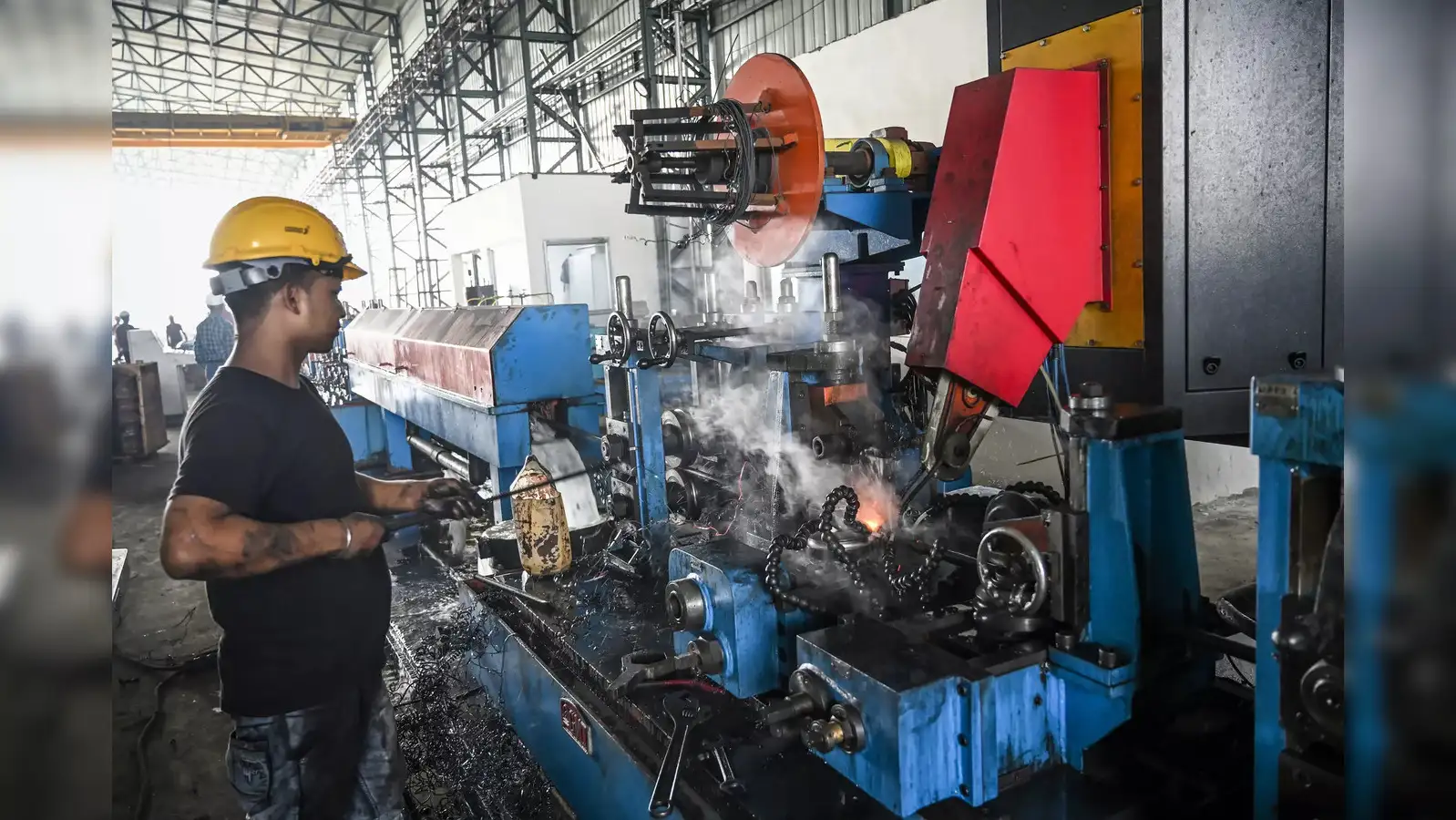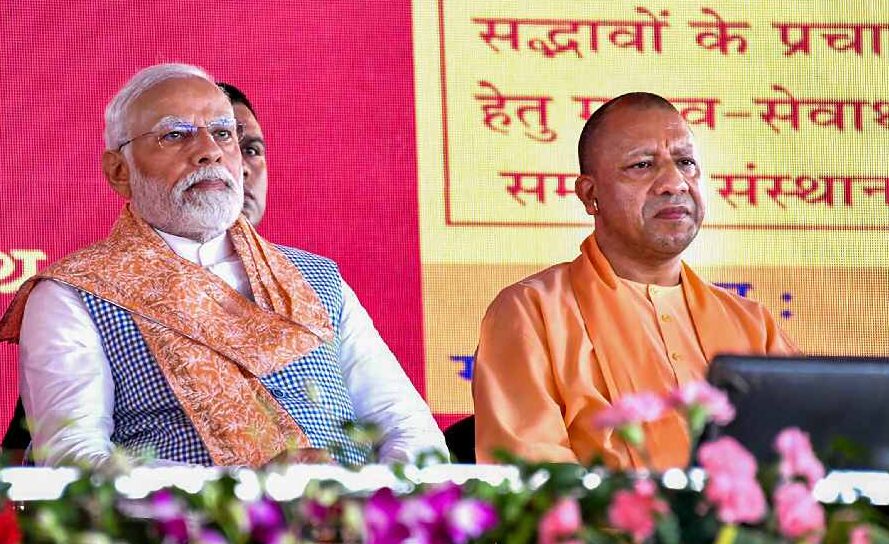A recent report from Cushman & Wakefield shows that 71% of small manufacturing companies in India believe that government skill-training programs have not helped them. This highlights a big gap between what the government aims to achieve and what is actually happening. Even though MSMEs make about 35% to 40% of India’s manufacturing output, workers in these companies are not prepared for modern manufacturing needs.
Why the Skills Shortfall Persists
Training programs under frameworks like Skill India, PMKVY, and DDU-GKY aim to boost employable skills nationwide, but they rarely penetrate small-town workshops or micro units. The result: only 29% of small manufacturers report any benefit from these schemes, while the rest remain largely untouched.
These skill initiatives are often urban-centric and standardized, ignoring region-specific needs or MSMEs’ practical workflows. Many small businesses do not know how to take part, do not have access, or do not understand the process. Meanwhile, they face increasing competition from more modern global companies.
MSMEs: Significant Output, Low Productivity
Official statistics and industry sources indicate that MSMEs make up around 35.4% of India’s manufacturing output. Workers in small industrial units, however, only produce 14% of what workers in larger facilities accomplish, indicating low productivity. Micro, Small and Medium Enterprises sector has the potential to improve India’s standing internationally, even though it employs millions of people and contributes almost one-third of the nation’s GDP.
Obstacles Shows Long-Term Competitiveness
A number of structural issues are obstructing growth:
- Fragmented policymaking and training reach: Few schemes are localized to reflect cluster needs, leading to adoption gaps despite big-budget programs like PLI or PLI-linked export push.
- Infrastructure deficits: Poor logistics, limited warehousing, and inconsistent power access hinder manufacturing resilience and productivity.
- Financial constraints: While credit guarantees have expanded, many MSMEs still struggle to invest in training and machinery upgrades due to capital access issues.
Solutions for Skill Impact & Policy Effectiveness
- Regional training hubs tailored to local manufacturing clusters (e.g. textiles in Tirupur, furniture in Moradabad) can make schemes more relevant.
- Industry–academia partnerships to deliver practical, applied skilling aligned with evolving factory tools. Programs like SAMARTH Udyog Bharat 4.0, ZED certification, and local cluster centers can help bridge the gap.
- Digital access and awareness campaigns, especially in Tier‑2/3 towns, to boost scheme visibility and uptake.
- Outcome-linked policy: Using models like the Skill Impact Bond frameworks or performance-based schemes makes sure that investments achieve clear and measurable results.
Why This Matters
Closing skill gaps and improving how policies are carried out is not just about good governance; it is essential for India’s larger economic goals. With MSMEs making up nearly 40% of manufacturing output and providing millions of jobs, boosting workforce capabilities and real policy reach can make the difference between lagging productivity and competitive global growth.
Also Read: Samsung Joins Forces with Startup India to Empower Young Innovators

























